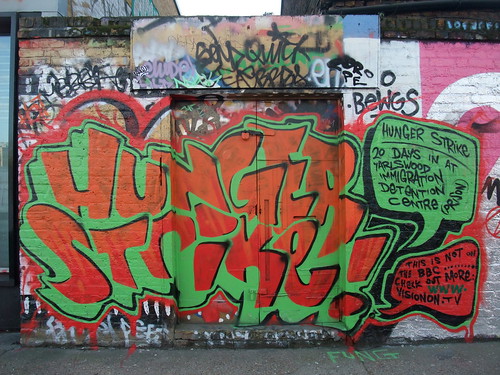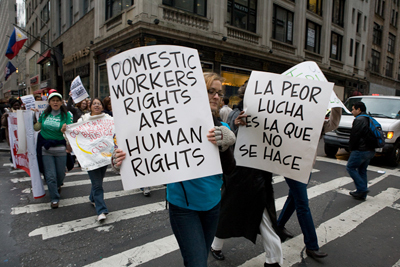
The burnt-out room at the Armadale Juvenile Correctional Centre in St Ann
Jamaica is haunted by the memories of charred prisoners’ bodies. More than Jamaica is haunted by their ghosts.
About a year ago, May 22, 2009, seven girls died in a fire in Armadale Juvenile Correctional Centre in Jamaica. On May 22, 2010, people around the world gathered to commemorate their deaths and to commit themselves to improving the conditions and situations of State child-care in Jamaica. Those seven girls haunt Jamaica and haunt more than Jamaica. They are part of a global story of the wasting of children and of children’s lives through incarceration, in prisons, detention centers, and `reception centers’, in impossibly overcrowded cells and solitary confinement, in adult prisons and in juvenile detention, in interminable remand or permanent lockdown or else caught in a never ending choreography of revolving doors.
But now another charred body appears to publically haunt Jamaica, that of Lester Coke:
“Wherever Christopher (Dudus) Coke is hiding in the heavily fortified neighbourhood and fief known as Tivoli Gardens, whether he’s surrounded by armed henchmen, ducking in a crawlspace, or peering from a rooftop at the police officers in flak jackets below, Jamaicans are sure of one thing: He’s thinking of his father’s charred corpse. The late Lester Coke, who went by the alias Jim Brown, and his Shower Posse gang ruled Tivoli Gardens with an iron fist – along with the steadfast support of then-prime-minister Edward Seaga – throughout the 1980s. But when he was finally arrested in 1992, and set to be extradited to the United States, a bizarre thing happened in his cement jail cell. He burned to death, despite the absence of flammable materials.”
The stories unfolding in the streets of Tivoli Gardens and across Kingston and beyond, that of the violence by State and by others, that of the bullets and bodies that haunt the nation, and all the rest of the stories, interpretations, diagnoses and critiques, meet in the story and in the ghost of the charred remains of Lester Coke, a violent man, a bad man, a prisoner of State in a global War on Drugs directed from Washington, DC, who met an impossible death.
Memories of those impossibly charred remains of his father haunt not only Christopher Dudus Coke, not only Tivoli Gardens, not only Jamaica. They haunt a world order whose War on Drugs relies on extrajudicial violence in the streets and phantom executions in the prisons. Eighteen years ago, Lester Coke burned to death in a room where no fire could occur. Impossible fires produce eternal smoke. A fire that never happened cannot be extinguished. This is the magical realism of the prison state, and it haunts the world.
Whatever happens next in Jamaica, whatever happens to Christopher Coke, whatever happens to the US government that forced all of this on the Jamaican people, nothing substantive will have happened until the magical realism of the prison state is shut down and replaced with a better story. The story of the lives of the seven girls who died in the Armadale fire is not the same as the story of the life of Lester Coke, but the story of the flames that consumed them is. We must do better than continually raking ashes.
(Photo Credit: The Jamaica Gleaner)




